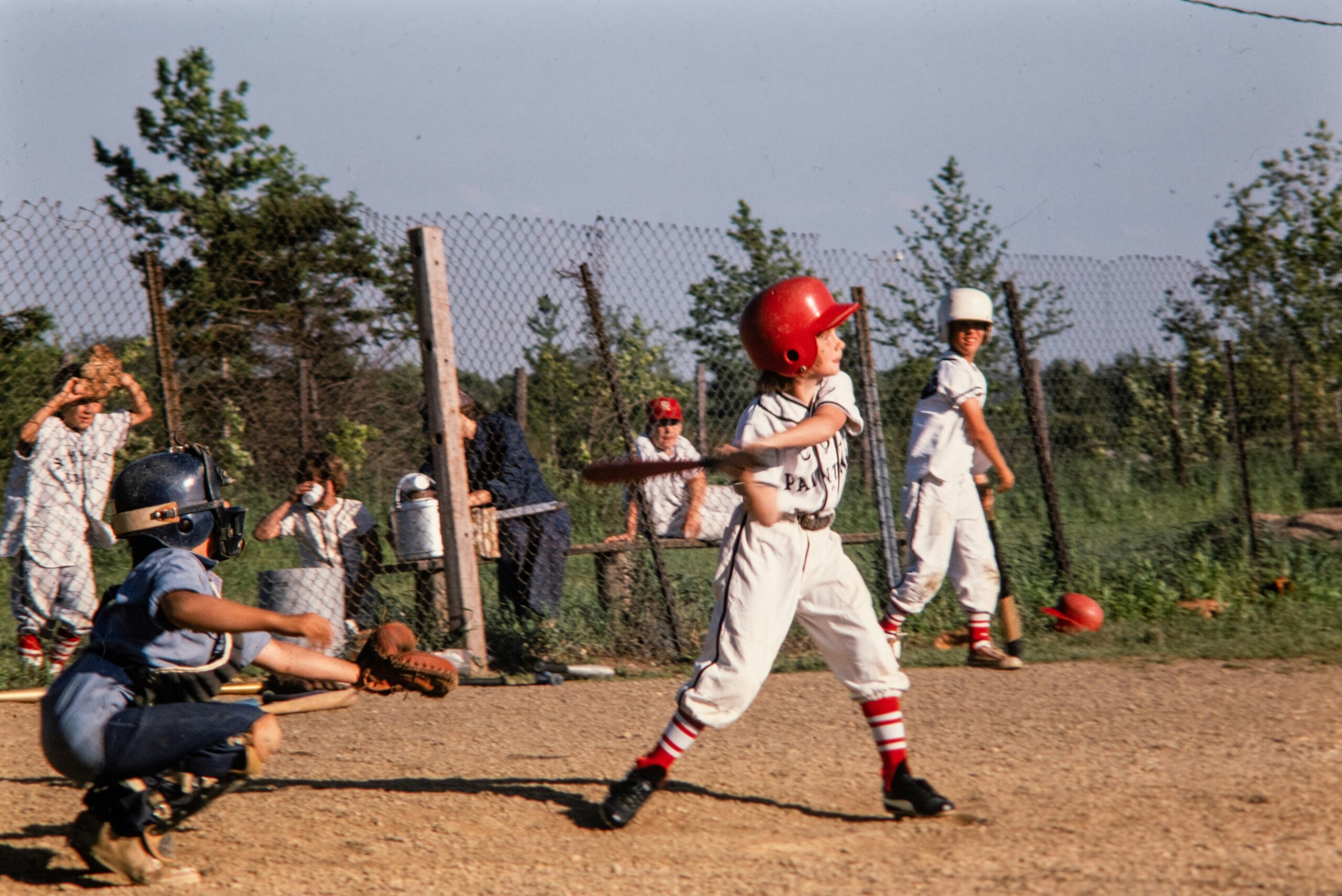
Baseball may seem complex at first glance, but once you understand the core rules, the game becomes fun and easy to follow. Whether you’re watching or playing, knowing how baseball works gives you a whole new level of appreciation for this classic American sport. This beginner’s guide breaks down the essential rules and gameplay so you can enjoy the game with confidence.
Understanding the Field and Player Roles
The baseball field is shaped like a diamond with four bases—first, second, third, and home plate. Each team takes turns batting and fielding. When batting, the team tries to score runs by hitting the ball and running around the bases. When fielding, the goal is to get the opposing players out.
There are nine players on each team in the field at a time, covering key positions like pitcher, catcher, infielders, and outfielders. Each position has a specific role, but they all work together to prevent the batting team from scoring.
How the Game is Played
A standard baseball game is divided into nine innings. During each inning, both teams have a chance to bat and field. The team with the most runs at the end of the game wins. If the score is tied after nine innings, extra innings are played until a winner emerges.
While batting, a player tries to hit the ball and reach base without getting out. Fielders work to catch fly balls, tag runners, or throw the ball to a base before the runner arrives. Over time, you’ll learn to recognize these plays and understand how they affect the game.
The Strike Zone and Pitch Counts
One of the most important rules to understand is the strike zone. This invisible box over home plate determines whether a pitch is a strike or a ball. If the pitch lands within the zone and the batter misses or doesn’t swing, it’s a strike. If it’s outside the zone and the batter doesn’t swing, it’s a ball.
A batter gets three strikes before they’re out, but if they get four balls, they earn a walk to first base. Pitchers aim to throw strikes, while batters try to judge whether a pitch is worth swinging at. This constant back-and-forth creates much of the tension and excitement in baseball.
What Makes a Run
Scoring in baseball game is all about advancing around the bases and reaching home plate. Once a batter hits the ball, they try to run to first base. If possible, they continue to second, third, and finally home. Each time a player successfully touches home plate, their team earns one run.
Players can score by hitting the ball into the outfield, stealing bases, or relying on their teammates to hit them home. Because of this, teamwork plays a huge role in baseball. Understanding how runs are made helps new fans follow the scoreboard and game progress.
Common Ways to Get Out
Knowing how players can get out helps clarify the game’s pace. A batter can strike out, hit a fly ball that’s caught, or be thrown out at a base. Runners can also be tagged or forced out if a fielder touches a base before they arrive.
As you get more familiar with the game, you’ll begin to spot these outs and understand their impact. Outs are essential because each team only gets three outs per inning to score. Managing these chances well is what separates good teams from great ones.
Baseball Equipment and Safety
Baseball requires specific gear like a glove, bat, helmet, and cleats. Each player must wear the proper equipment for both performance and safety. For example, catchers wear extra padding, while batters wear helmets to protect from pitches.
Beginners should always use the right-sized bat and glove. Proper fit helps improve skills and prevents injury. As with any sport, safety is a priority, and learning the game with the correct gear builds good habits from day one.
Learning Through Practice and Observation
You can learn a lot by practicing with others, but watching baseball is just as valuable. Try to watch games regularly and pay attention to how players react in different situations. The more you observe, the more patterns you’ll recognize.
Listening to game commentary can also boost your understanding. Experts break down complex plays and explain strategies in real-time. With practice, both on the field and from the stands, your knowledge of baseball will grow naturally.
Final Thoughts
Getting good at baseball begins with understanding the fundamentals—baseball rules, player positions, and common game plays. As your skills develop through regular practice and game experience, you’ll gain confidence and start to appreciate advanced baseball strategies and techniques. Whether you’re joining a local baseball league or watching a major league matchup, this iconic sport offers excitement, teamwork, and lasting memories for players and fans alike.